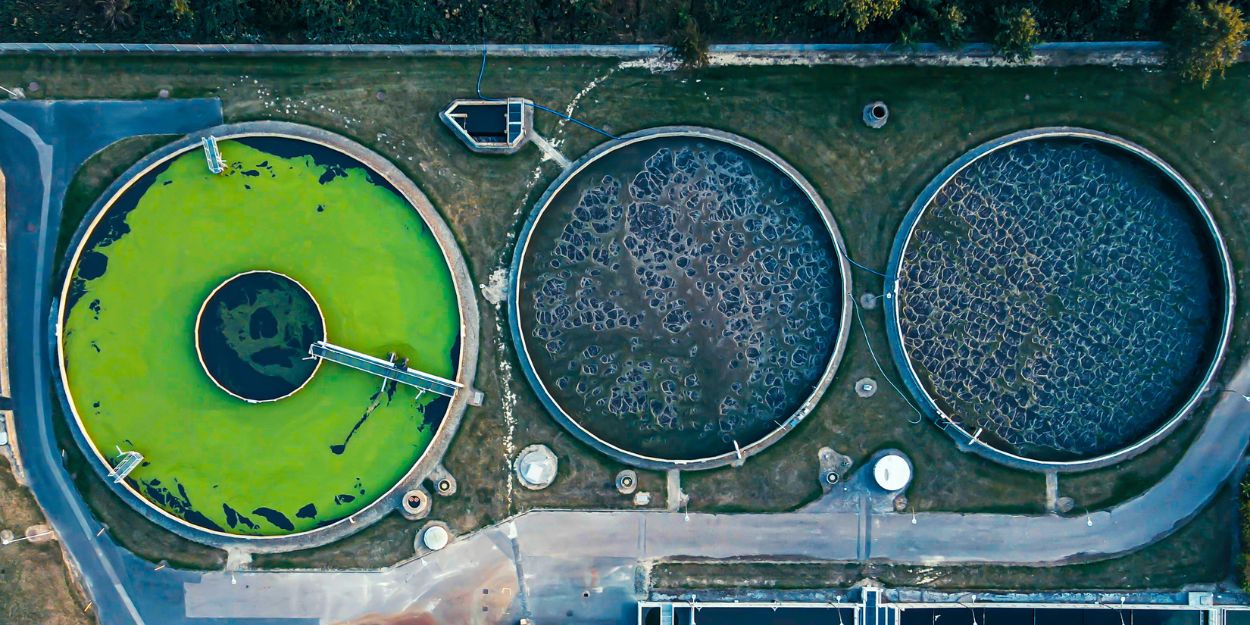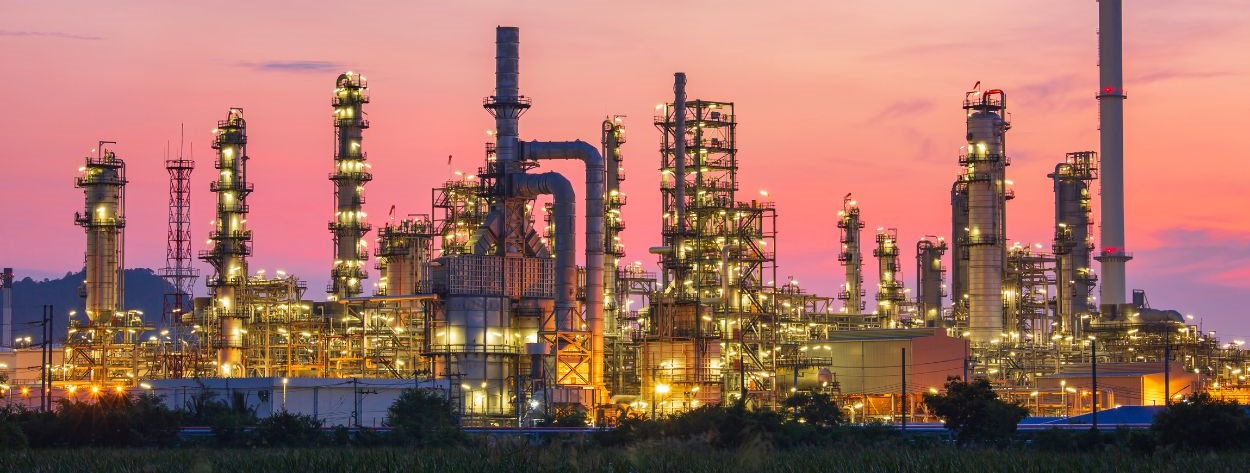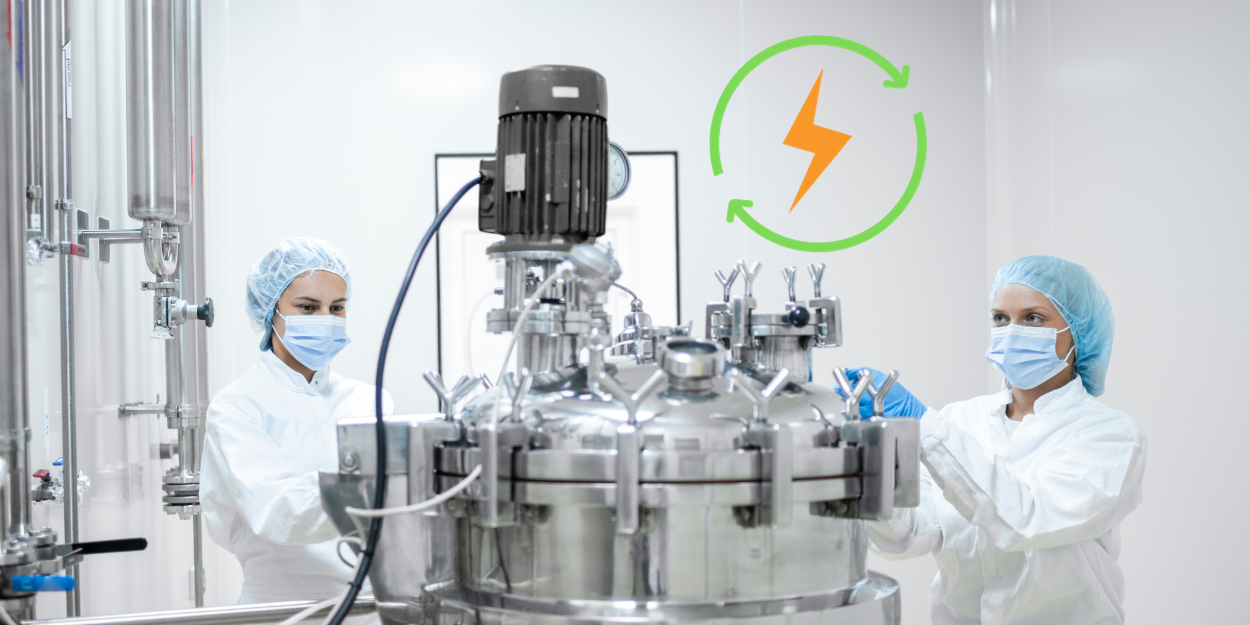
Clarification Process in Water Treatment | Role Of Agitators
Water treatment is a complex yet vital process that ensures the water we consume is safe and free from impurities. At the heart of this process lies clarification—a series of meticulous steps that purify water by eliminating contaminants and particles, making it clearer and fit for consumption. The clarification process initiates with the addition of essential chemicals like coagulants and flocculants into the water. Coagulants, such as aluminum sulfate or ferric chloride, act by neutralizing the charge on suspended particles, causing them to clump together or coagulate. Subsequently, flocculants, typically polymers, bind these coagulated particles into larger, heavier masses known as flocs. Once this chemical reaction is complete, the water moves into a settling tank or basin. Here, gravity plays





